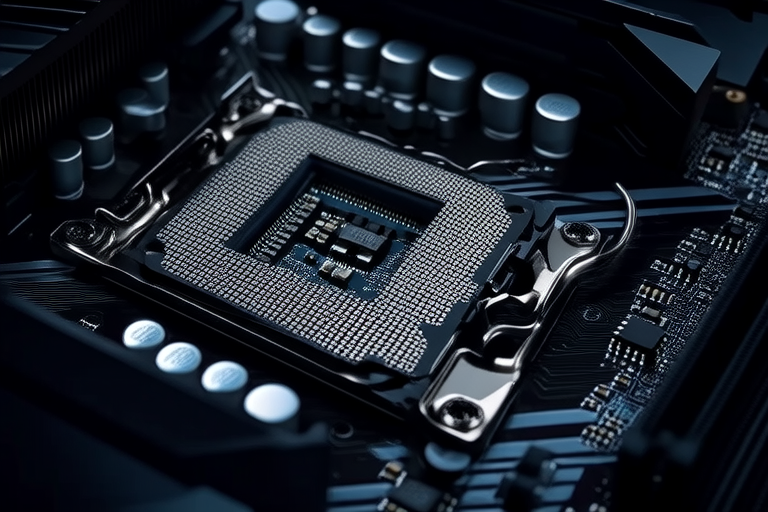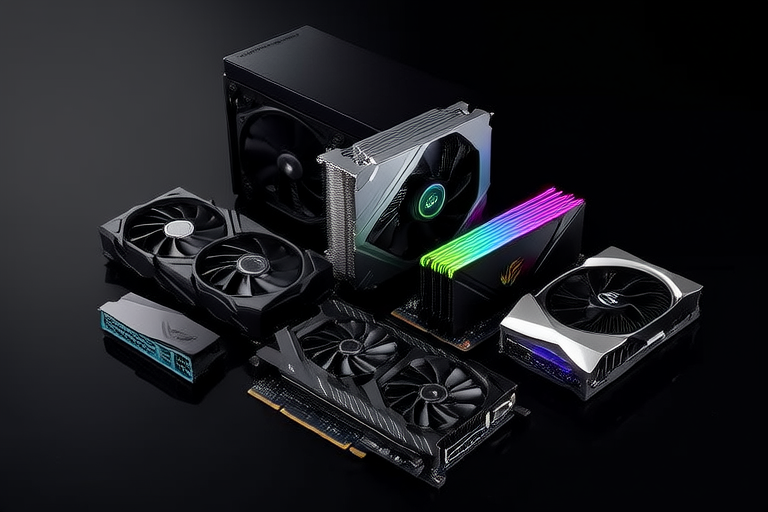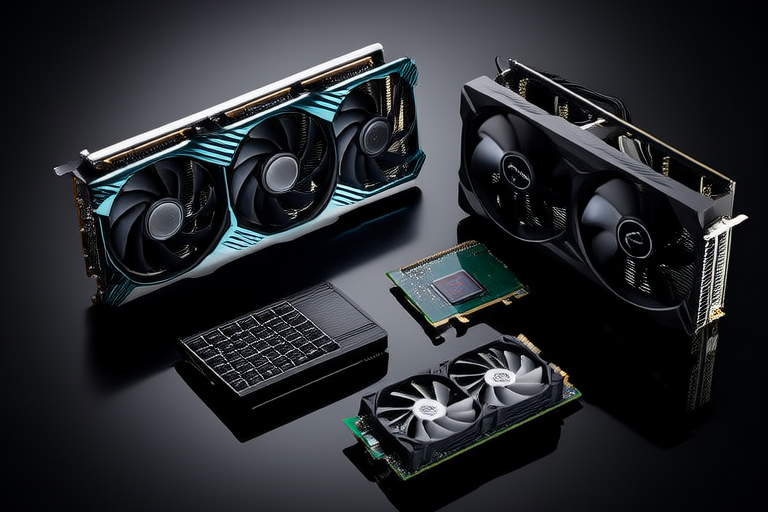“`html
Unpacking the Latest Trends in Solid-State Drives (SSDs)
Introduction
Solid-State Drives (SSDs) have revolutionized the way we store and access data. Unlike traditional Hard Disk Drives (HDDs), which rely on spinning disks and moving parts, SSDs use NAND flash memory to store data electronically. This makes them faster, more reliable, and less prone to mechanical failure. Over the years, SSDs have evolved significantly, offering higher capacities, faster speeds, and lower power consumption. They are now an essential component in modern computing, from personal laptops to large-scale data centers.
Advancements in NAND Flash Technology
Recent advancements in NAND flash technology have been pivotal in enhancing the capabilities of SSDs. Innovations like 3D NAND, Triple-Level Cell (TLC), and Quadruple-Level Cell (QLC) have drastically improved performance, capacity, and cost-effectiveness. 3D NAND stacks multiple layers of memory cells vertically, allowing for greater storage density without increasing the physical size of the drive. TLC and QLC technologies allow each cell to store more bits, thus increasing capacity while reducing costs. These advancements have made SSDs more accessible and efficient, catering to a broader range of applications.
Form Factor Evolution
The form factor of SSDs has also seen significant evolution. Popular form factors include M.2, U.2, and PCIe expansion cards. M.2, particularly popular in laptops and desktops, offers compact dimensions and high-speed connectivity. U.2, designed for enterprise environments, provides robust performance and reliability. PCIe expansion cards offer flexibility for systems requiring additional storage. Emerging form factors like EDSFF (Enterprise and Data Center SSD Form Factor) are gaining traction, promising enhanced thermal management and scalability.
Performance Enhancements
Performance improvements in SSDs are remarkable, with NVMe (Non-Volatile Memory Express) protocols playing a crucial role. NVMe leverages the PCIe bus for faster data transfer rates, outperforming traditional SATA SSDs. Read and write speeds have increased dramatically, with some models achieving speeds up to 7GB/s. Latency has also been reduced, providing smoother data access. Endurance has improved through better wear-leveling algorithms and advanced error correction codes, ensuring data integrity over extended periods.
Power Efficiency
Power consumption is a critical consideration for SSDs, especially in portable devices and data centers. Manufacturers are optimizing energy efficiency by adopting low-power modes and improving circuit designs. Technologies like PowerFlick and DevSleep help minimize power usage during idle times. Future advancements may include new materials and manufacturing processes that further reduce power consumption without sacrificing performance.
Data Security and Reliability
Data security and reliability are paramount in today’s digital landscape. SSDs incorporate various features to protect data, including hardware-based encryption, wear leveling, and advanced error correction codes. Encryption ensures that data remains confidential, even if the drive is physically compromised. Wear leveling extends the lifespan of the drive by evenly distributing write operations across all cells. Error correction codes prevent data corruption, ensuring long-term data integrity.
Cost Considerations
The cost of SSDs has decreased significantly over the past few years, making them more affordable. However, the cost per gigabyte varies depending on the capacity and form factor. High-capacity drives tend to be more expensive per gigabyte than smaller ones. Comparatively, SSDs still offer better value for money than traditional HDDs, especially when considering performance and reliability. Future price reductions are expected as production scales and technology matures.
Applications Across Industries
SSDs are finding applications in various industries, offering significant advantages over traditional storage solutions. In cloud storage, SSDs provide fast data access and high availability, enhancing user experience. Gaming enthusiasts benefit from faster load times and smoother gameplay. Enterprise servers utilize SSDs for their reliability and speed, supporting mission-critical applications. Edge computing relies on SSDs for real-time data processing and analytics. These diverse use cases highlight the versatility and indispensability of SSDs in modern computing.
Future Outlook
The future of SSD technology looks promising, with several potential breakthroughs on the horizon. New materials like graphene and phase-change memory could offer superior performance and durability. Advanced manufacturing processes, such as Extreme Ultraviolet (EUV) lithography, may enable even denser and more efficient memory cells. Quantum computing could further revolutionize data storage and processing, though it remains in its infancy. These developments promise to enhance performance, reduce costs, and open up new possibilities for SSDs.
Conclusion
In conclusion, SSDs have come a long way since their inception, becoming an integral part of modern computing. Advancements in NAND flash technology, form factors, performance, power efficiency, data security, and reliability continue to drive innovation. As prices drop and capabilities improve, SSDs will increasingly dominate the storage market. Staying informed about the latest trends in SSD technology is crucial for both consumers and professionals to leverage the full potential of these remarkable devices.
“`




